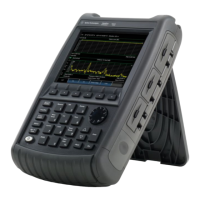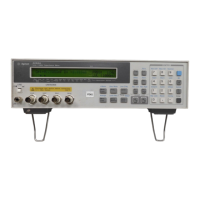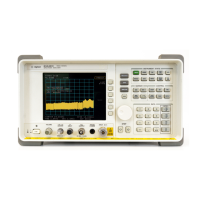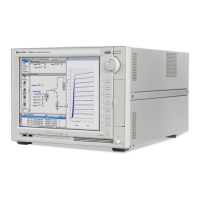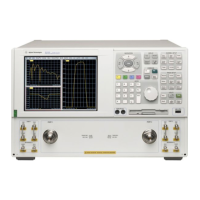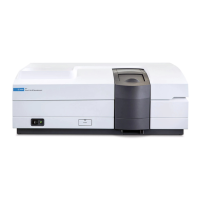36 FieldFox User’s Guide
Center Freq = 1.80 GHz
The Loss value for the measurement is interpolated from the Freq/Loss pairs at
the Center Freq:
1 GHz = 0.1 dB/m
1.8 GHz = 0.18 dB/m
2 GHz = 0.2 dB/m
The correction for loss at 5 meters in one direction: 0.18 dB/m * 5m = 0.9 dB.
All DTF measurements correct for loss for travel down the DUT and back, so
double the correction: 0.9 dB * 2 = 1.8 dB.
Window Settings
Window settings provide the ability to choose between optimizing DTF
measurements for resolving closely-spaced faults or for the ability to measure
low-level faults.
How to select Window settings
Press Meas Setup 4.
Then Settings.
Then press ▲|▼ arrows to move to the Window row.
Then press Edit.
Then press Window repeatedly and choose from the following:
o Maximum – Optimized for dynamic range, the noise floor is lowered to
provide the ability to measure low-level responses. (Default setting)
o Medium – Compromise between Min and Max window settings.
o Minimum – Best Response Resolution, providing the ability to resolve
between two closely-spaced responses.
Then press Done Edit.
Again press Done.
DTF Units
The DTF Units setting is available ONLY on the DTF Settings table.
By default, X-axis units for DTF measurement settings are displayed in Meters.
How to change DTF units
With a DTF measurement present, press Freq/Dist .
Then DTF Units.
The current selection is underlined m (meters) Feet.
Calculated DTF values
Press Next Page on the DTF Settings Table to view the following calculated
Values noted on the FieldFox screen with c - <setting>
Start Frequency – Start frequency that is used to calculate DTF.

